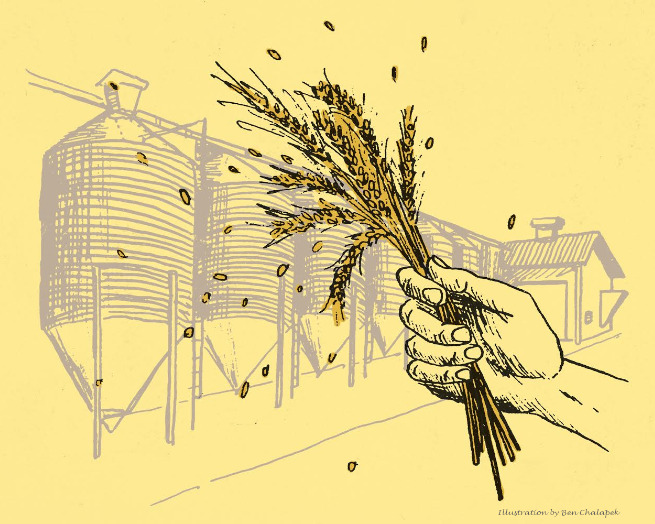'Welcome to Fringe Division - The Innovative Malting Technology That's Producing Better Beer'
'[...] The other portion of this investment is even more fascinating, despite the fact that Griggs plays it down by referring to it candidly as “thermal processing equipment.” £3.2 million ($4.1m) of this spend went to a French manufacturer known as Revtech Process Systems. The firm was commissioned to produce a heat-treatment system designed for the roasting and kilning of grains such as barley, wheat, rye, and oats.
“We wanted to take a new technological approach to the production of traditional malt products and use this opportunity to produce a new range of products that would be problematic using drum roasting technology,” Griggs says. “This [new technology] will allow us to produce malt with greater consistency of color, potential to provide more specific color versions of traditional colored malt products, and give us lots of new product development potential.”
The speciality malt plant (a name which, for me at least, somewhat underplays its significance) sits unassumingly in a tin-shed warehouse at the center of Crisp’s Great Ryburgh facility. Upon entering its wide-brimmed doors, this otherwise innocuous building ceases to be nonchalant. At the rear of the facility, twin spirals of metal tubing rise out of the floor some 30 feet high, resembling the kind of creation that Nikola Tesla might have developed. Each coil is a single piece of tubing, delivered from France as a complete assembly. Impressively, the device only took three weeks to install.
It’s also set into about 40 cubic meters of poured concrete foundations. When I ask why, the plant's lead technician—the appropriately named Hannah Beer—turns it on for me. Without warning, the columns start vibrating aggressively, causing what feels to me like a highly localized earthquake. Beer assures me there’s nothing to worry about, talking over the noise of the plant as she explains how each grain works its way from the bottom of the first tube to the top, before being sent down to the base of the second coil and going through the process once more.
“With a traditional drum-roasting process there’s no guarantee that each grain is being roasted equally,” Beer says. “With the specialty malt plant each grain is treated identically, which gives us greater consistency from a single production run and means we can dial in specific colors [of malt.]” [...]'
Article written by Matthew Curtis, an award-winning beer writer and photographer.
Click here to read the full article published on the Good Beer Hunting website, dated April 15, 2020.

